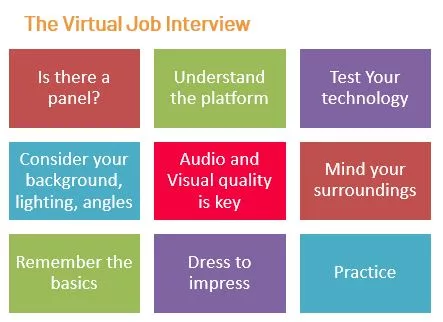Ignite’s Candidate Meetups: Are you job ready?
At Ignite, supporting our candidates by optimising their experience is one of our key priorities. Not only do we connect talent with fantastic employers and job opportunities, we also ensure they are equipped with the skills, knowledge and tools to thrive in their respective careers. One way we do this is through Ignite's candidate meetups. These sessions, led by our consultants, are designed to improve the overall capability and employability of our candidates as they navigate the increasingly complex and competitive jobs market. One such consultant at Ignite who has pioneered these sessions is our VIC-based senior IT recruiter Harry Wade, who recently hosted his 13th candidate meetup. Harry’s sessions are geared towards candidates within the IT and technology space, and have become must-attend events for relevant talent. According to Harry, “the meetups are a great opportunity for us to engage with jobseekers and support them in their careers. We discuss key trends in the employment market and prepare them for all aspects of the recruitment and hiring process”. On average, about 30 candidates attend Harry’s sessions, hungry for insights and tips that can set them apart in the eyes of employers. Harry says, “many candidates are facing similar obstacles and simply looking for confidence and reassurance that they’re doing the right things when looking for work.” We identify where they can improve and then equip them with the skills and knowledge they need to thrive in their respective careers”. Like in all things, Information is power when it comes to job search. Our candidate sessions provide candidates with the latest and most relevant information to help them understand hiring processes and secure employment. According to Harry, content in his meetups vary but they typically include the following staples to support IT talent: Market insights and key employment trends Recruitment process tips including interviewing and assessments Personal branding tips including LinkedIn profile building, CV/Resume tips Available job opportunities One of the most common pain points for candidates is the lack of feedback and support they receive through the recruitment process, particularly following unsuccessful applications. Ignite’s candidate meetups address these issues by ensuring all candidates are given the guidance they need to build their capabilities and ultimately become successful ones. Harry says, “in my experience, success or failure in recruitment can often come down to very minor adjustments, from body position in an interview to adjusting the formatting of a CV. We know how hiring managers think and operate, and share this knowledge to show candidates how they can achieve better outcomes”. Thirteen sessions in and candidate feedback has been extremely positive about Harry's meetups so far, with attendance gradually growing each time. One candidate left a Google review saying, “the meetup was very interesting and helped be build and update my CV to be job ready”. Another candidate said, “the session was very informative with a great overview of the jobs market and trends relating to IT”. Harry's response to this feedback is “I enjoy offering advice and am passionate about helping my candidates find employment. I hope everyone that attends my sessions can take at least one pearl of wisdom to help them in their career journey”. Ignite’s candidate meetups are extremely valuable because they help build relationships between our consultants and our candidates, driving engagement and trust. By investing in talent through these sessions, we're able to build the employability of candidates and generate stronger talent pools to present to employers including our clients. According to Harry, "contributing to the development of a candidate to help them be successful is why I became a recruiter". As the market becomes increasingly flooded with candidates looking for work, this development can be critical to securing employment. Ignite’s candidate meetups are held regularly throughout the calendar year, designed with insightful material relevant for all. Like Harry, all our consultants are passionate about supporting their candidates. So, If you’re interested in attending future sessions, keep an eye out in 2021 on our social media and website for future instalments. Harry and the broader Ignite team can’t wait to meet you!
Read More




